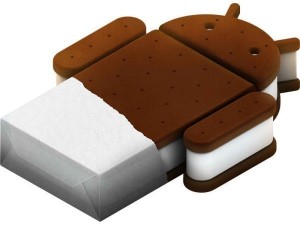I got my HTC Desire back at the beginning of 2010, my second Android phone because I liked the Hero so much. It came with Froyo and HTC made a Gingerbread update available in 2011.
The Desire only has 512MB of flash memory, when HTC made the Gingerbread update they repartitioned the flash to make more space for /system and less for /data, one problem with this is that there’s now only 147MB available for /data.
Because on this I’ve always had to run a tight ship app wise on my Desire, HTC bundled Facebook and Flash with their ROM, these took up a lot of space on /data.
I stumbled across this thread over at xdadevelopers, Sandvold and others have been working on getting ICS working on the Desire and as it turns out they’ve done one hell of a job!

I grabbed the latest ROM from http://www.sandvold.as, rooted my phone with Revolutionary and set to work.
A few minutes later I had ICS on my Desire, it’s still very much in beta but it’s running Android 4.0.3 with pretty much full hardware support and it has more free space in /data, but wait, this is where Apps2SD comes to the rescue!
Apps2SD makes your phone think your SD card is part of the internal storage and essentially extends /data onto it so everything to do with an application and system caches can be stored there! So as long as you have a class 4 or above card in your phone it really does help extend the life of the Desire.
A few issues…
It’s beta and it seems to have a few issues but nothing to stop me using it every day…
- After A2SD has been installed the ring and notifications tones are fairly quiet.
- The camera shutter sound is always on, even when the phone is set to silent.
- Sometimes when you press and hold a key on the keyboard for the pop up shortcuts you have to move your finger well away from the character you want to select to actually select it.
- No video recording or panorama in the Camera app.
- No USB mass storage mode support, ICS is supposed to support MTP on Windows but that doesn’t work either. You can however reboot to ClockworkMod recovery and enable USB mass storage mode there.
- Sometimes the Screen Lock enables itself immediately when you put the phone to sleep even if it is set to lock 2 minutes after sleep.
